Poor Internet access and a lack of electricity cripple startups and other commerce in the Democratic Republic of Congo. At the same time, however, the challenges present interesting opportunities to the right kinds of entrepreneurs. Understanding the country’s context and the problem’s many facets can reveal solutions that stand to help millions of people climb the economic ladder. Congo is one of the largest countries in Africa. It shares borders with nine other Sub-Saharan countries and it is home to about 80 million people. Unfortunately, it has never stayed in peace for many decades. And it still experiencing a series of conflicts and violence because of its unclear reasons.
Congo in Context
The DRC lacks wired telecommunication infrastructure, but the country has registered a high penetration of mobile phones. Seventeen years ago, mobile phones were only owned by a certain class of people, a group of people who could be qualified as rich. It is possible that this might have been caused by few factors. Mobile telecoms in the DRC first targeted major towns with a high concentration of people with high revenue. Mobile phones were very expensive at that time. A Nokia 3310, a feature phone could be purchased at about (USD) $300, which was high in a country with an average annual income of (USD) $130 in the year 2000 (the gross national income per capita according to the World Bank). The subscription fees were very high, too. People were asked to pay more than (USD) $50 for the subscription. The payment plan was on a monthly basis and prepaid. Over the course of time, mobile phones got cheaper and cheaper because of competition among mobile network operators.
Sales climbed as it became clear how easily mobile phones can connect people in remote places. That was a motivating factor. Families spread out in different parts of the country were kept apart by the difficulty and expense of travel, but phones allowed them to communicate. Of course, at that time the communication was limited to SMS and voice.
Computers where non-existent in households. But today, people are progressively adopting computers and computer programs to support their daily activities. Some Individuals and companies make use of software such as Microsoft Office to run their daily businesses, and they use other target software whenever possible. Few designers use software such as Adobe packages for graphics; comparatively, a very small number of architects and engineers use software like AutoCAD. It is interesting to see while major companies are migrating toward SaaS, in the DRC this trend is stymied because Internet connection is still a major problem.
Need for Connectivity
Today many people in the DRC are running for smartphones because of their computational capabilities, and they consider it essential to be connected on social media and to access other features on the Internet. Almost everyone with a smartphone is using apps such WhatsApp and Facebook to send text messages, audio messages and share other media such as videos and images. Students, teachers and researchers need the Internet to share course materials and other information, gain access to online libraries, study in online courses such as MOOCs, download apps, hold e-meetings and so on. The main challenge is the Internet connection. It is unreliable, slow and expensive. A 50Gb Internet bundle costs (USD) $100 per month, and the average annual income now is about (USD) $450. The whole country relies entirely on cellular networks because there is no wired infrastructure.
Current Ways of Going Online
The DRC is connected to an undersea optic fiber cable at the Atlantic port city Muanda. Originally, this project had been meant to improve connectivity for the people of Congo, but it has catastrophically failed. The cable connection now benefits major telecoms, and it has so far reached only to Kinshasa. More than 95 percent of the population get Internet access through mobile network operators. Because they are cellular networks, the quality is not the same at every point in the cities and from place to place. Remote rural places have small, low-power base transmission stations which result in poor connections. Major telecoms are transmitting between 2.5G to 4G, but most are still using 3G. Only a few base stations have access to on-grid power. A great deal of stations are served with diesel generators and battery and solar systems. The added fuel cost and maintenance costs increase operational expenses, which are in turn paid by the end users.
ICT in the Average Household
The majority of people are used to listening to the radio to hear news. In towns and cities, you will see people with smartphones and that is what they use to get Internet access. Whereas in villages, those who have phones usually have feature phones (not smartphones) and most people don’t know much about computers or the Internet. Some people own laptops. Desktops are not commonly used since they require a considerable amount of power, which is not yet available. Laptops are preferred because they have onboard batteries, and can be found at affordable prices, especially when they are bought second hand. People want to stay connected all the time but they don’t use online services such ecommerce sites. In part that’s because they don’t ship to Congo, but also because most people don’t have PayPal, Visa or MasterCard. Still in villages, you will find almost no computers in households.
ICT in Business
Fewer than 10 percent of local businesses have websites to promote their services or goods, and most of them still keep records with paper and pen. Because the penetration of smartphones is higher compared to other ICT devices, employees share business information on social media. Some people use email. Interestingly, most supermarkets use inventory systems to keep records and speed up sales operations. ICT awareness is present and might be boosted if done intentionally. The fact that ICT has not yet fully penetrated the business sector indicates that ICT is a dormant income generator. On the other hand, all major MNOs are running mobile banking features.
ICT in Education
Congo has a large number of primary schools, high schools and universities. Unfortunately, most of these schools haven’t benefitted from the advantages that ICTs offer in transforming education and the learning experience. Almost every teacher still uses chalk and black boards during lectures while students take notes with pen and paper. In fact, computers are too expensive for most teachers and students to afford. Primary school teachers are poorly paid. They earn less than (USD) $100 per month. Secondary teachers earn less than (USD) $200, and university assistant lecturers earn less than (USD) $450 per month. Only professors earn more than (USD) $900.
Some teachers do buy smartphones for work and try to make the best of them. But they are often frustrated with the phones’ inefficient batteries and limited display. This limits both students and teachers since there is a great deal of online materials and software they could use to render the learning more fun, fluid and effective. Smartphones are gaining momentum in some universities as tools for data collection using platforms like KoboToolbox, but limited to a few curious researchers. Nearly all schools lack laboratories, suggesting that simulation software could be of tremendous use.
School Infrastructure
Elaborating on the above, more than 95 percent of schools lack fundamental labs such as chemistry, physics, biology, electronics and computer labs. The problem is a bit complex. Parents have many kids and they have low incomes, thus they can’t pay much in school fees. Schools can’t afford labs in return. More than 90 percent of schools still keep paper records. This is time consuming, unsecure and inappropriate in this digital era. A few schools are progressively establishing computer labs, but most have too few computers for the number of students. Also, the lack of reliable electricity makes it burdensome to operate the few existing computers.
ICT in Health
Health is another important sector where information is crucial to gather, keep and access at the right time. In Congo, few major hospitals have computers for keeping patients’ medical records. Neither do consultation rooms, pharmacies, labs or other facilities, relying instead on paper, which makes it difficult to retrieve, share and store information. Patients stay in the hospitals without any real-time monitoring system that could track vital signs. There is need for computerized data management systems and real-time patient monitoring systems. Smartphones and computers could connect to the systems for access, and sensor networks and the Internet of things could be leveraged.
ICT in Government Agencies
Government agencies and services are slowly adopting ICT to ease their operations. Some offices may have computers, usually in cities. Despite the increasing presence of computers in offices, there is a need for dedicated software to facilitate even more. When needed, government agencies install satellite Internet connections, which most of the time is asynchronous-shared, slow and expensive. Some agencies might connect using mobile broadband on cellular networks. In some cities, the equipment is powered by the grid, but most agencies run diesel generators. In villages the situation is worse compared to that in cities.
Major Challenges
Because people use smartphones to connect to the Internet, they are limited by poor battery performance. The lack of electricity is one of the factors that handicap and slow down the adoption of technology in Congo. Computers are still expensive for most households based on their income, which explains low ownership rates. Internet connections are slow, expensive and unreliable. Consequently, chances are high that a connection will disappoint during an online meeting or call.
The few existing roads are in bad condition, making ecommerce difficult, since deliveries are tough to make without reliable infrastructure. That increases the cost of nearly everything, including ICT equipment. Poor infrastructure and immature markets also mean that goods are unavailable. Some might have money to purchase software or a piece of hardware but they can’t find it on the local market in Congo.
Possible Scalable Solutions
This is a list of possible solutions, but it’s important to recognize that there are still other solutions out there that could be of great help. And many more are yet to be innovated. D.R. Congo is one of the countries where delivery drones, such as Amazon has proposed in the United States, could transform our lives. For Internet connections, solutions like Outernet could be a good way for schools to get access to online academic resources. Google’s Project Loon would be handy in bringing fast, reliable and cheap connections to remote places where there is no easy road access. And because people need mobility in the connection, 4G LTE broadband together with 5G could allow fast scalability. There is a need for building a national infrastructure of optic cable to allow people and institutions access to fast Internet at an affordable price. E-granary which is an offline library with a good number of books, video lectures, and publications could help. It can be difficult to get access to it since there is no place on the market where you can get them. Smart Tablets with high battery life and solar-enabled chargers would transform the learning experience, both for teachers and students. When reliable Internet is available, Massive Open Online Classes (MOOCs) would allow students and professionals access to a quality education from renowned universities around the world, which may compensate for the limited number of available professors in the country. Examples include Edx, and Coursera.
With that background and vision for possible solutions, I’m hoping to start a conversation about ICTs in Congo. Solutions here have the potential to improve many lives. They may also suggest paths forward in other countries in similar states as my own. Please share your thoughts in the comments or reach out to me through this website at admin@engineeringforchange.org.
Othy Kasereka Vitswamba is a teacher of computer science who grew up in the North Kivu in the Democratic Republic of Congo. He earned a bachelor degree in computer engineering from the Université Chrétienne Bilingue du Congo (UCBC) in Beni in 2011 and a Master’s Information Technology at Uganda Christian University in Uganda in 2018. He is working at UCBC as a teacher in the Faculty of Applied Sciences. Othy believes contextualized innovative solutions are among the critical avenues to make life better in D. R. Congo and the whole of Africa. Apart from teaching, he has interest in entrepreneurship and he is motivated on how to affordably increase access to energy and information in communities in Congo by applying exponential technologies to solve local problems.
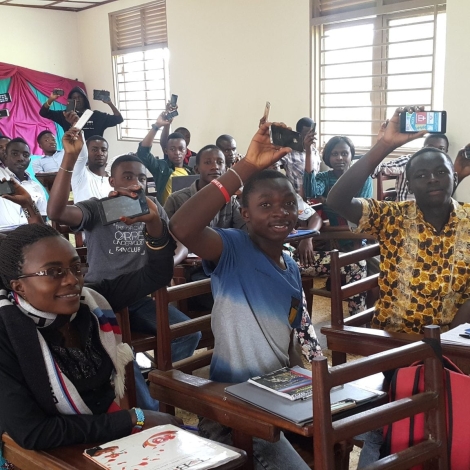
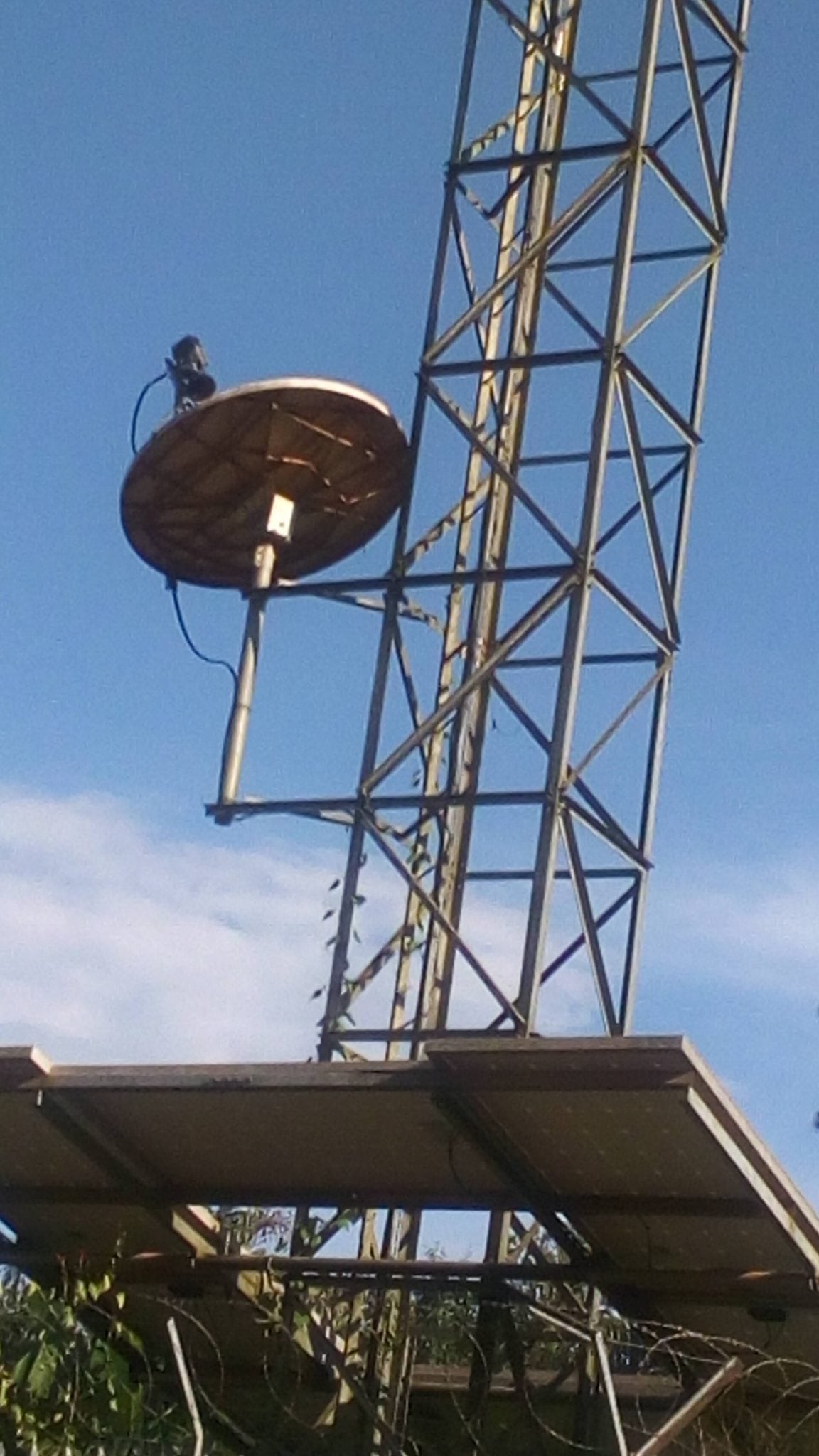
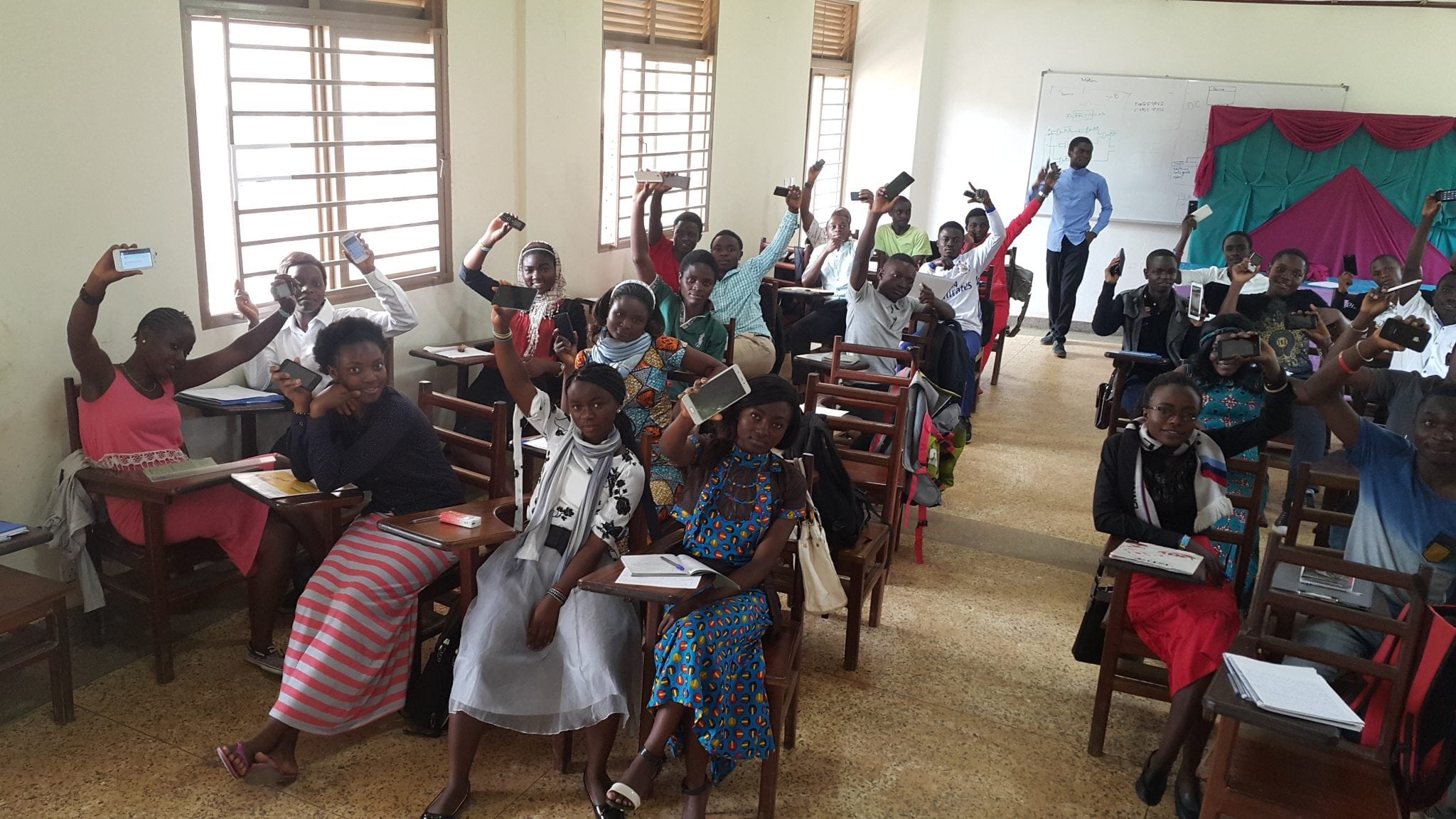
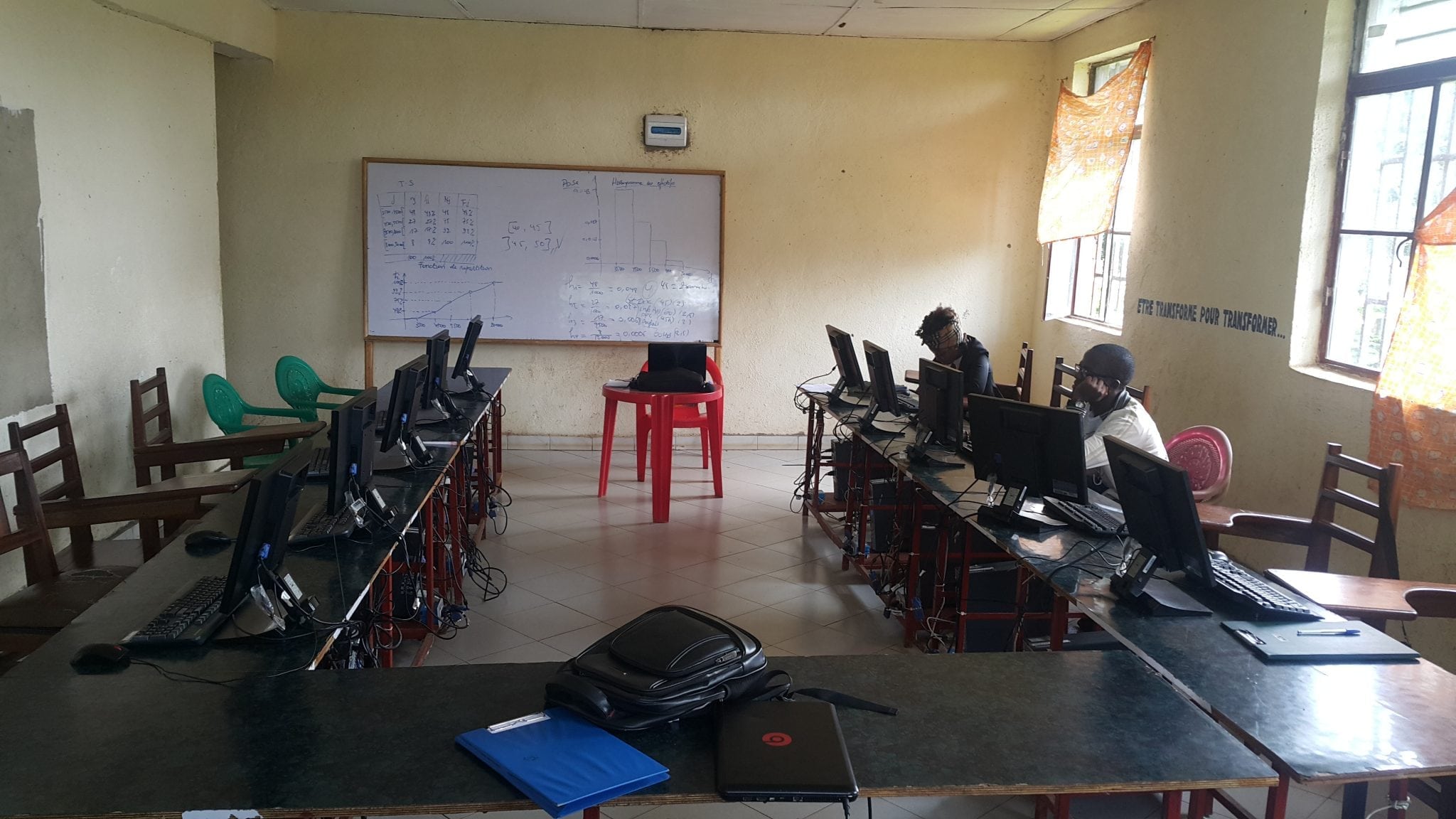
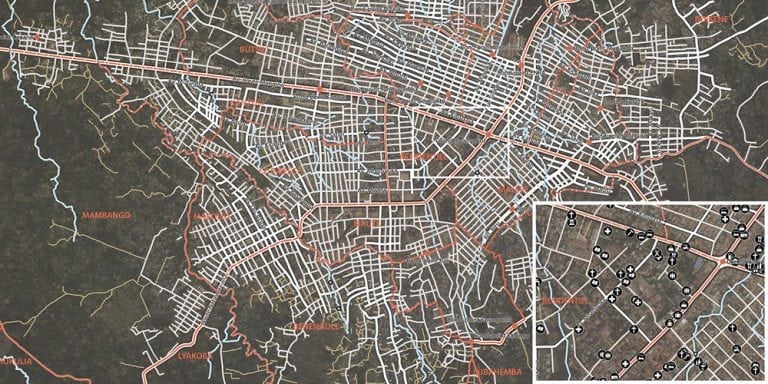
This article summarises the current state of DRC
To every good work deserves a very good compliment. Mr. Professor Vitswamba pap yourself on your back and say I did a very good job . You took your time, attention and consideration to write about our Country’s reality. I am sure with people like you who are trying to improve and fight for their happiness, yes I said happiness cause worrying about the time when the internet will stop working in the middle of a course or meeting is not fun at all. Happiness comes with a peace of mind which we barely know in D.R. Congo. Before I forget, I am sure many people will be interested in knowing where you are coming from and especially grew up. Thank you for your efforts. Peace ✌️.
Great idea , hope other people will agree with you
Lots of problems, no direction for solutions?
I have learnt so much. Really some fascinating things especially about innovations like Outernet and Project Loon. Thank you.
Interesting read. I have always known that the situation in the DRC was not so favorable but thank you for putting things into perspective.
I thank the author for having invested time to write something about the ICT in DRC. This field has been too dark for DRC in a way that, specific figures are rare to be found online and even in libraries. I would encourage the author to give us more references so that this article can be taken as scholarly. Without scholarly support it becomes hard to prove the content of the article, yet the topic is really interesting and needs to be given enough attention.
All the best and keep it up!
My team and I have part of the solutions for the DRC. See the details here: http://www.ascoderu.ca and contact me at nzola8@gmail.com
You have done really good work. Thank you for the information you provide, it helped me a lot.